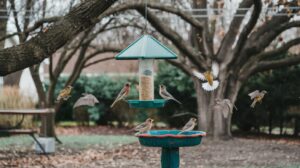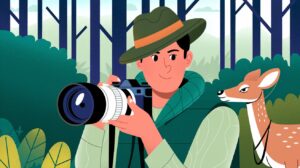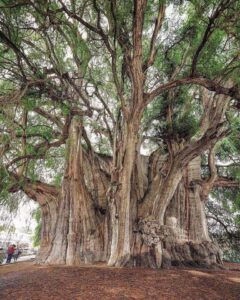Have you noticed an empty bird feeder lately?It’s a problem many face.But don’t fret, there’s hope.We’re here to help you turn your feeder into a bird haven.In this blog, we’ll share proven techniques to attract birds.Learn the secrets of food, location, and maintenance.Soon, your feeder will be the hot spot for feathered visitors.
Attracting birds to your feeder can bring life, color, and joy to your surroundings. In this guide we will explore the various ways you can Ent feathered friends to visit your yard and share some tips on creating a bird-friendly environment.
Why Attract Birds?
Birds not only add a delightful touch to your backyard but also play a crucial role in maintaining the ecosystem’s balance through pollination and pest control. Bird watching can also be a relaxing and rewarding hobby that connects you to nature.
Benefits of Bird Watching
Bird watching is known to reduce stress levels, improve mental health, and enhance mindfulness. Observing birds in their natural habitat can provide a sense of peace and tranquility, creating a closer bond with the environment.
Choosing the Right Feeder
Types of Feeders
There are various types of feeders to choose from, including tray feeders, tube feeders, and suet feeders. Select a feeder based on the bird species you want to attract and the food you plan to offer.
Material and Design
opt for feeders made of durable materials like metal or high-quality plastic to ensure longevity. Choose feeder designs that are easy to clean and refill to maintain a healthy feeding environment for birds.
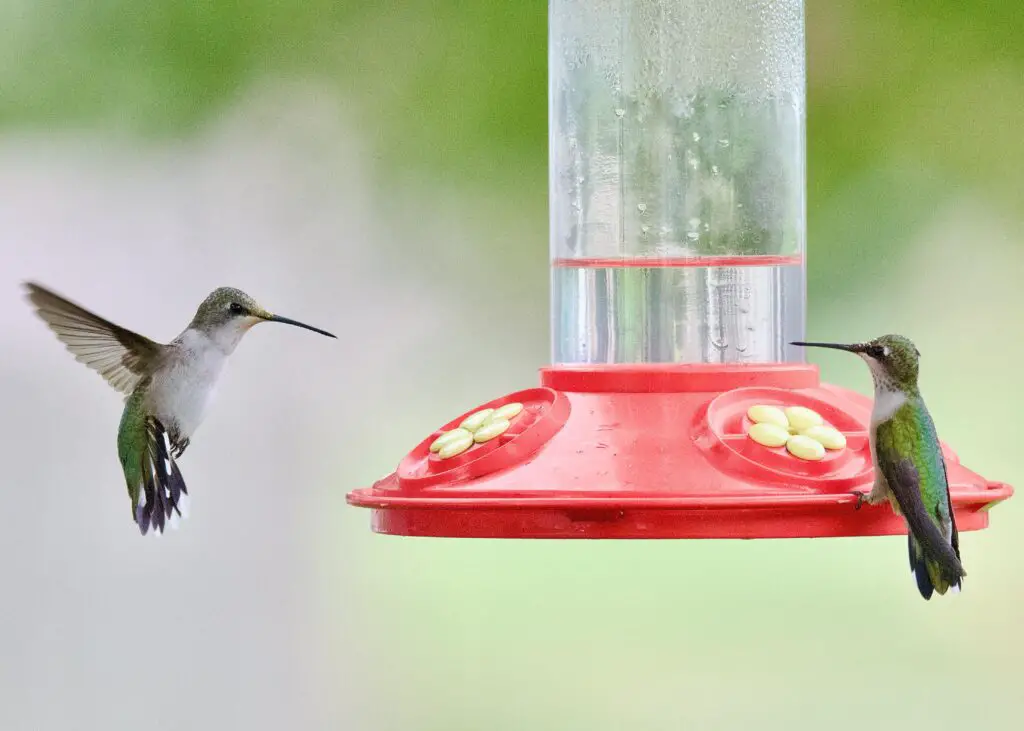
Selecting the Best Bird Food
Seed Types
Different bird species prefer specific types of seeds like sunflower seeds, nyjer seeds, or millet. Research the birds in your area to determine the best seed mix to attract a variety of species.
Suet and Insects
Provide suet cakes or mealworms to attract insect-eating birds like woodpeckers and chickadees. Supplementing the diet with protein-rich options can attract a wider range of bird species.
Nectar for Hummingbirds
If you want to attract hummingbirds, offer a nectar solution in a specially designed feeder. Mix sugar with water to create a homemade nectar that mimics flower nectar.
Ideal Placement of Feeders
Safe Locations
Place feeders away from windows to prevent bird collisions and in a location with easy access for birds to approach and retreat quickly.
Easy Access for Birds
Ensure that the feeders are easily accessible and visible to birds. Position them near trees or shrubs where birds can perch and rest while waiting to feed.
Visibility and Cover
Strategically place feeders in an open space with some cover nearby. This allows birds to spot the feeder from a distance while providing them with protection from predators.
Providing Water Sources
Bird Baths
Install a bird bath with fresh water for birds to drink and bathe. Clean the bird bath regularly to prevent the spread of diseases.
Moving Water Features
Adding a fountain or dripper can attract more birds to your yard, as the sound of moving water is a natural magnet for birds seeking hydration.
Cleaning and Maintenance
Regularly clean and refill water sources to ensure birds have access to clean water. Use a mild bleach solution to disinfect bird baths periodically.
Creating a Bird-Friendly Environment
Native Plants and Trees
Plant native flowers, shrubs, and trees to provide birds with natural food sources, shelter, and nesting sites. Native plants are more attractive to local bird species.
Shelter and Nesting Boxes
Set up bird houses or nesting boxes to invite birds to stay longer in your yard. Position them at a safe height and away from predators.
Reducing Predators
Implement predator deterrents like baffles or cages around feeders to protect birds from squirrels and other animals. Keep your yard tidy to discourage predators from lurking around.
Turn your yard into a feathered paradise! Get your copy of “The Self-Sufficient Backyard for Birds” today
Get Now!

Maintaining Your Bird Feeder
Regular Cleaning
Clean feeders and bird baths every 1-2 weeks to prevent mold and bacteria buildup. Use a mild soap solution and rinse thoroughly before refilling.
Storing Bird Food Properly
Store bird food in a cool, dry place to prevent spoilage and keep it fresh for longer. Use airtight containers to protect the food from pests.
Managing Waste and Spoiled Food
Remove any spoiled or moldy food from feeders promptly to maintain bird health. Dispose of waste in a compost bin or sealed trash bag.
Handling Common Problems
Squirrels and Rodents
Use squirrel-proof feeders or baffles to deter squirrels from accessing bird feed. Place feeders at a height or location that is difficult for squirrels to reach.
Unwanted Birds
If certain bird species dominate the feeder and deter others, consider changing the food mix or feeder type to attract a wider variety of birds. Experiment with different strategies to encourage diversity.
Bird Health and Safety
Monitor bird activity around feeders for signs of illness or injury. Clean feeders regularly to prevent the spread of diseases among birds sharing the feeder.
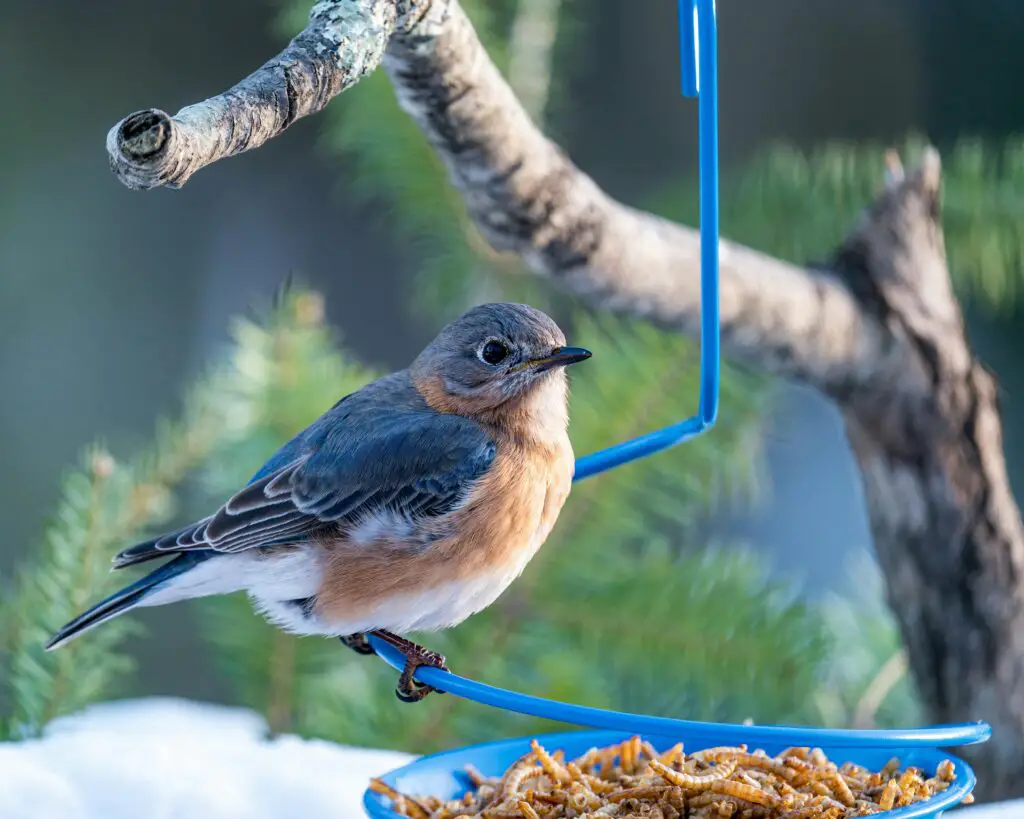
Seasonal Bird Feeder Tips
Summer Feeding Tips
Offer fresh water and shade near feeders to help birds stay cool in hot weather. Provide fruit or nectar-rich feed to supplement their diet during breeding season.
Winter Feeding Tips
Increase food offerings during winter months when natural food sources are scarce. Provide high-energy foods like suet and sunflower seeds to help birds survive the cold.
Migration Periods
During migration periods, offer a variety of foods to attract migrating birds passing through your area. Keep feeders consistently stocked to support these long-distance travelers.
Conclusion
Encouraging Bird Visits
By following these tips and creating a welcoming environment for birds, you can attract a diverse range of species to your feeder and enjoy the beauty of nature up close.
Enjoying the Experience
Bird watching is a fulfilling and enriching hobby that offers a unique connection to the natural world. Take pleasure in observing the birds that visit your feeder and appreciate the wonders of wildlife in your own backyard.


